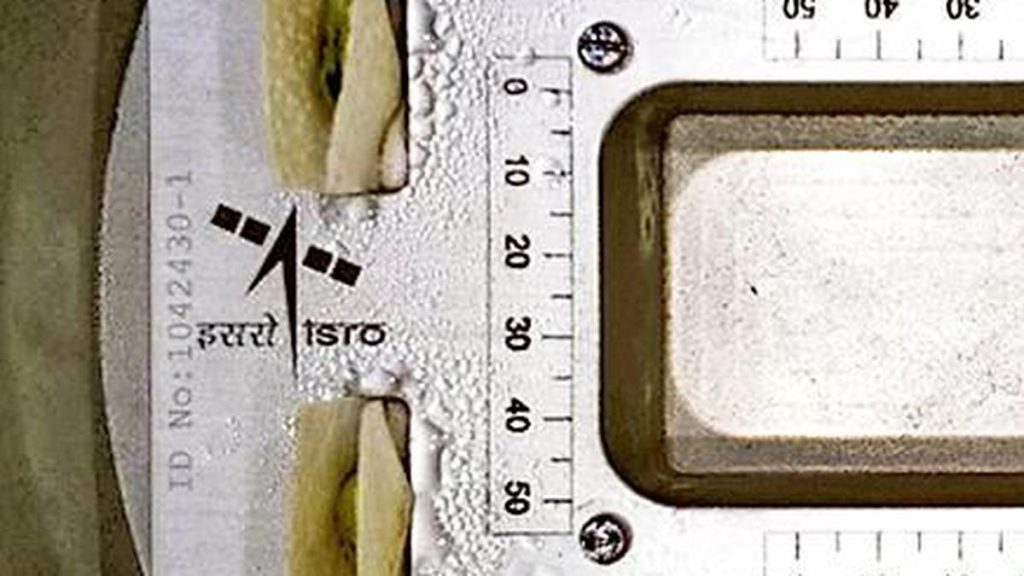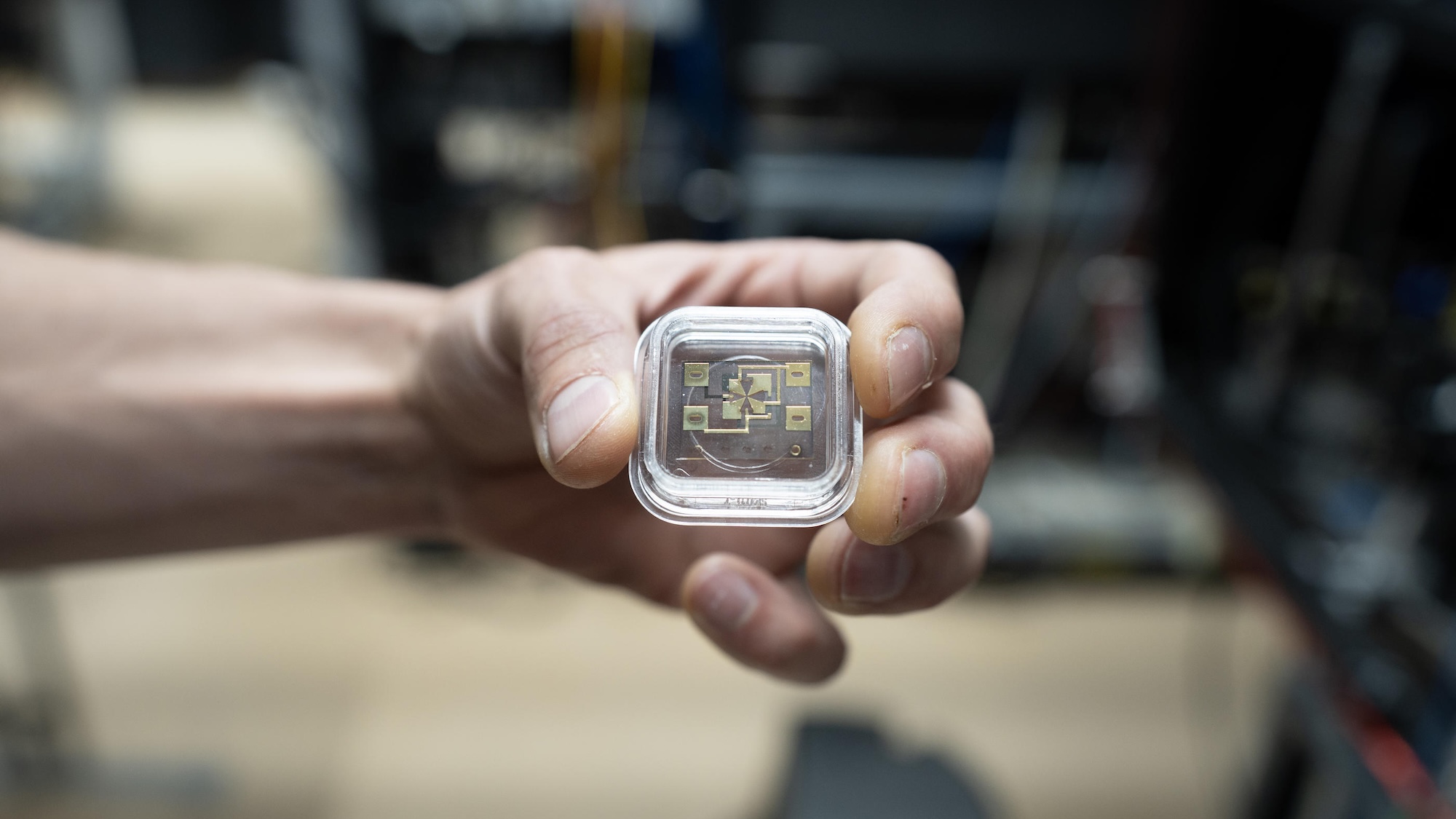Now Reading: How Physics Explains Bloodstain Patterns on Fabric
-
01
How Physics Explains Bloodstain Patterns on Fabric
How Physics Explains Bloodstain Patterns on Fabric

Quick Summary
- Research on Bloodstain Analysis: A North Carolina State University team studied how blood interacts with cotton fabrics to better understand forensic crime scene evidence. Their findings were published in the September 2025 issue of Forensic Science International.
- Methodology: The researchers used pigS blood splattered at 12 different velocities on five types of cotton fabric (plain-woven cotton, cotton twill-front and back, jersey knit-front and back), capturing footage using high-speed cameras.
- observations:
– Faster-moving blood creates more “fingers” extending outward from the stain’s center and more satellite droplets around it.
– Plain-woven cotton stains were easier to analyze compared to complex structures like twill.
- Challenges: Cotton’s absorbent properties ofen distort bloodstain shapes, complicating forensic analysis.
- Future Goals: Researchers plan to test more fabric types and weaves for building a broader knowledge base applicable to real-world crime scenes.
!Analyzing bloodstains can reveal details on type of weapon, attack angle, and more.
Indian Opinion Analysis
The study highlights how material science intersects with forensic criminology, offering deeper insights into crime scene investigations. Forensic analysis plays a pivotal role in ensuring justice worldwide, including India where textile variability may pose similar challenges in decoding evidence effectively during investigations. Innovations such as these broaden the scientific edge available for law enforcement agencies globally.
India, known for its wide range of textiles and clothing materials due to regional diversity, could especially benefit from research like this to design protocols that account for fabric-specific interactions during forensic work. Institutions pursuing criminal justice advancements might consider engaging with international findings or collaborating with global experts like NC State researchers.
Improving accuracy in evidence interpretation through studies such as these can make significant contributions toward strengthening India’s judicial processes while reducing investigative ambiguity tied to material inconsistencies.


























